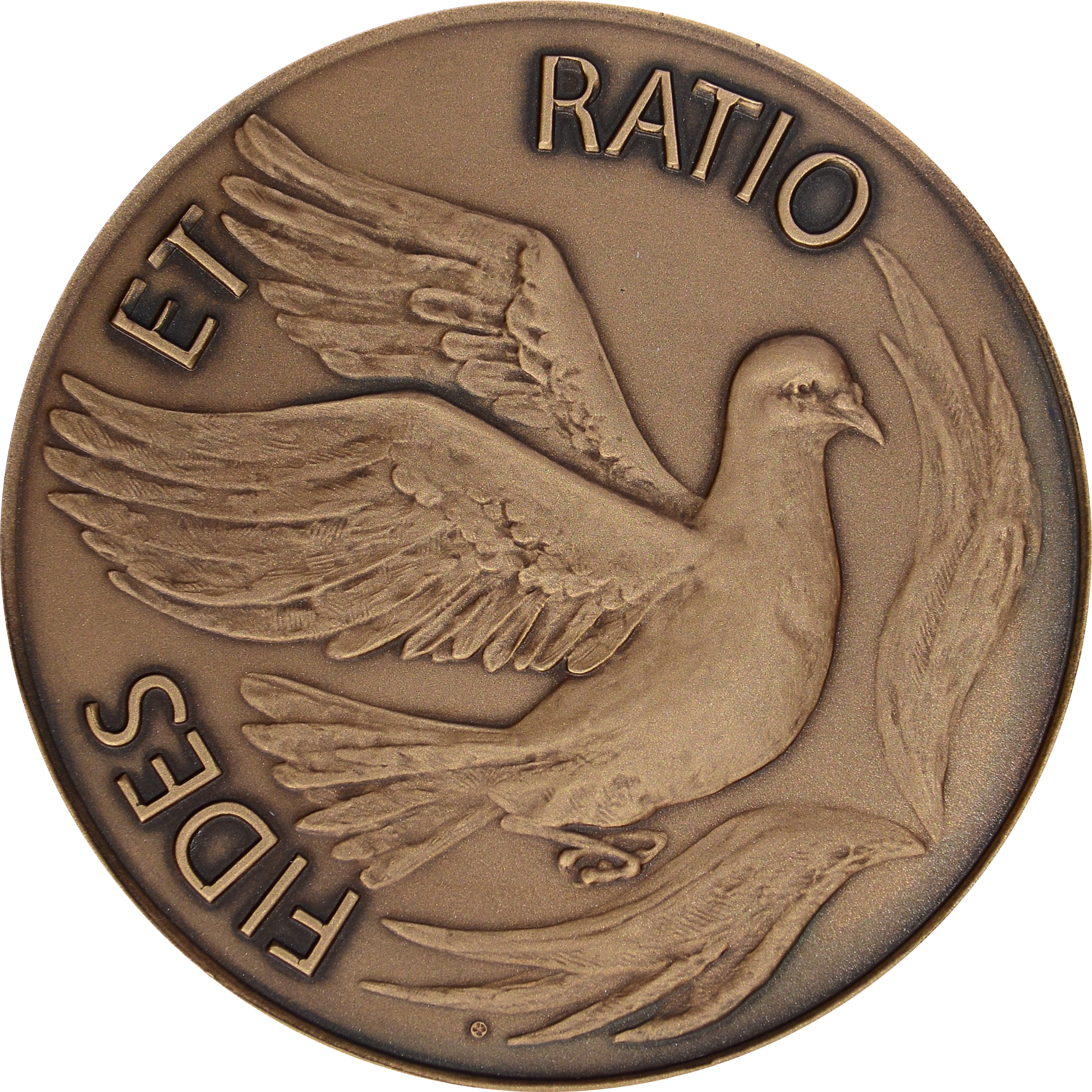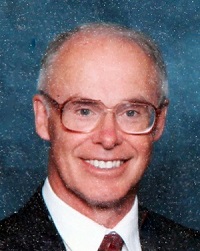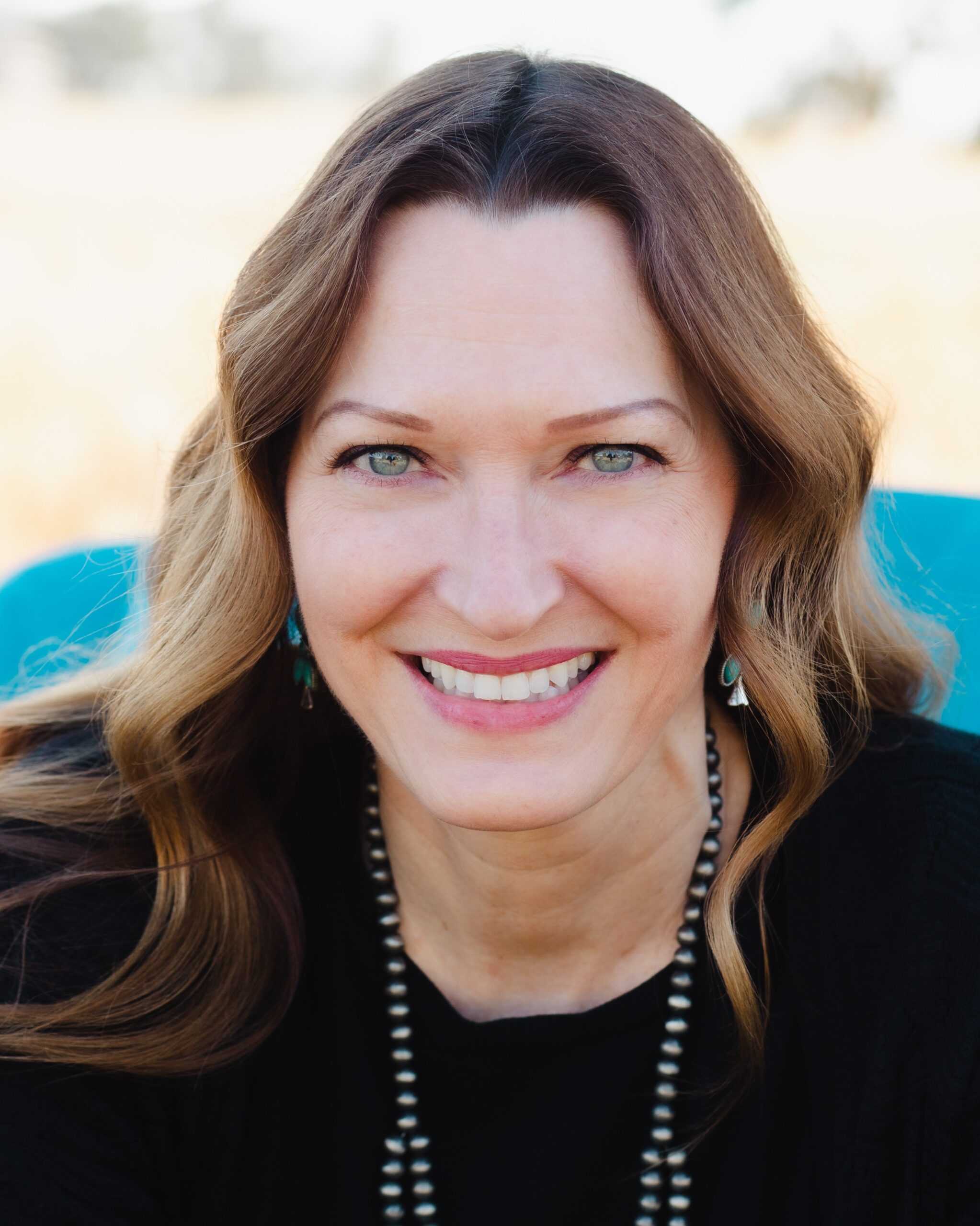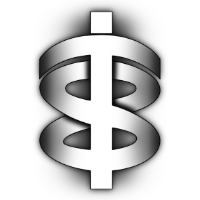ITEST Webinar
Two Wings:
How Science and Theology
Read One Another
This webinar was presented on October 29, 2022

Webinar Abstract
Pope St. John Paul II began his famous encyclical, “Faith and reason are like two wings on which the human spirit rises to the contemplation of truth.” Dr. Thomas P. Sheahen, with a Ph.D. degree in physics from the Massachusetts Institute of Technology, examines truth from the wing of science. Scientists depend on empirical data for conclusions. Dr. Stacy A. Trasancos, with a Ph.D. in chemistry and M.A. in dogmatic theology, explains how we find truth from the wing of faith. Theologians derive formulations from divine revelation. Together they seek an understanding of the axiom, truth cannot contradict truth.
Our Presenters
Dr. Thomas P. Sheahen
How Scientists
Read Theology

Dr. Thomas P. Sheahen earned BS and PhD degrees in physics from the Massachusetts Institute of Technology. During his 45-year career as a research physicist, predominantly in energy sciences, he worked for various industrial and national laboratories. In 1977, he was chosen as a Congressional Research Fellow by the American Physical Society, dealing with energy-related national legislation. Dr. Sheahen is director emeritus of ITEST (Institute for Theological Encounter with Science and Technology) which focuses on demonstrating the compatibility of faith and science as paths toward knowledge. Currently, he is Chairman of the Science and Environmental Policy Project. In the 1990s, Sheahen wrote the textbook Introduction to High-Temperature Superconductivity. More recently, he wrote the book Everywhen: God, Symmetry and Time, which stands at the intersection of faith and science, and asserts that mankind’s limited capabilities have led to a distorted and weak perception of God.
Abstract
There is a cultural gulf between scientists and theologians that must be bridged, lest critics claim that science opposes religion. Part of that separation comes from being unable to “read” the other field. Scientists’ own way of writing includes certain expectations about what they read and how they learn, and dissonance from that scope creates an obstacle to proper communication – an obstacle which is seldom recognized and addressed. The pathway to grasping a theological argument requires stepping out of the domain of science. (As one example, the inability to draw conclusions from empirical data is foreign to scientists.) And yet, scientists are expected to help construct the bridge that demonstrates the compatibility of theology and science. In this presentation, examples are drawn from different time periods to identify certain commonalities that make the task easier.
Dr. Stacy Trasancos
How Theologians
Read Science

Stacy Trasancos has a Ph.D. in chemistry from Penn State University and worked as a senior research chemist for DuPont before converting to Catholicism. She left her career to stay home with her highly complex composite systems who call her Mommy. In those years, she earned an M.A. in dogmatic theology while keeping a large family together and published five books on the integration of science and theology. In 2018, Dr. Trasancos became the Executive Director of Bishop Strickland’s St. Philip Institute in Tyler, Texas but, once again, returned home in 2022 to work with her husband, Jose. Together they operate Children of God for Life, an organization that fights to end the use of aborted children in research. Dr. Trasancos teaches online science and theology courses for Seton Hall University and Holy Apostles College and Seminary, is a Fellow of the Word on Fire Institute, and frequently appears on Catholic radio, podcasts, and television. After the publication of her book, Particles of Faith, John Farrell at Forbes wrote, “Trasancos represents a very rare bird, the scientist who did not cease to be a geek even after she got religion.”
Abstract
The gulf between theology and science can be bridged with philosophy. Theologians can learn to read scientific papers by understanding how those papers are organized and what the terminology means. Doing so requires one to be agile in reading skills and patient in stepping back and seeing, with the light of faith, how both fit together. Theology and science are two manifestations of the same reality. One is empirical and quantitative. The other relies on belief and certainty. Both demand precise language and respect for the limits of each discipline. In this presentation, Dr. Trasancos diagrams those disciplines to better focus how two wings can take flight.
